LensCrafters 2012 Annual Report Download - page 31
Download and view the complete annual report
Please find page 31 of the 2012 LensCrafters annual report below. You can navigate through the pages in the report by either clicking on the pages listed below, or by using the keyword search tool below to find specific information within the annual report.-
 1
1 -
 2
2 -
 3
3 -
 4
4 -
 5
5 -
 6
6 -
 7
7 -
 8
8 -
 9
9 -
 10
10 -
 11
11 -
 12
12 -
 13
13 -
 14
14 -
 15
15 -
 16
16 -
 17
17 -
 18
18 -
 19
19 -
 20
20 -
 21
21 -
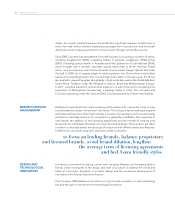 22
22 -
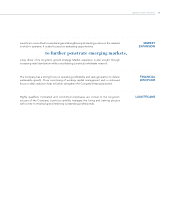 23
23 -
 24
24 -
 25
25 -
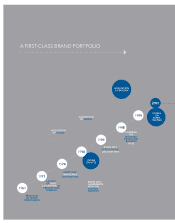 26
26 -
 27
27 -
 28
28 -
 29
29 -
 30
30 -
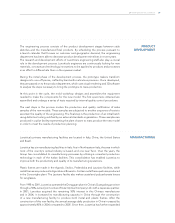 31
31 -
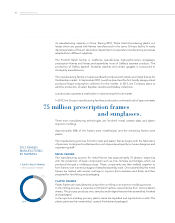 32
32 -
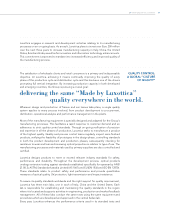 33
33 -
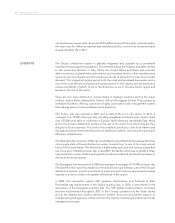 34
34 -
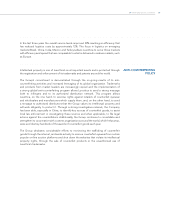 35
35 -
 36
36 -
 37
37 -
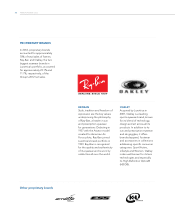 38
38 -
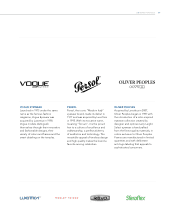 39
39 -
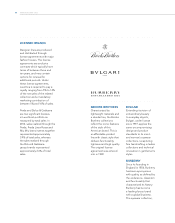 40
40 -
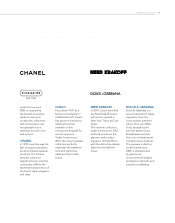 41
41 -
 42
42 -
 43
43 -
 44
44 -
 45
45 -
 46
46 -
 47
47 -
 48
48 -
 49
49 -
 50
50 -
 51
51 -
 52
52 -
 53
53 -
 54
54 -
 55
55 -
 56
56 -
 57
57 -
 58
58 -
 59
59 -
 60
60 -
 61
61 -
 62
62 -
 63
63 -
 64
64 -
 65
65 -
 66
66 -
 67
67 -
 68
68 -
 69
69 -
 70
70 -
 71
71 -
 72
72 -
 73
73 -
 74
74 -
 75
75 -
 76
76 -
 77
77 -
 78
78 -
 79
79 -
 80
80 -
 81
81 -
 82
82 -
 83
83 -
 84
84 -
 85
85 -
 86
86 -
 87
87 -
 88
88 -
 89
89 -
 90
90 -
 91
91 -
 92
92 -
 93
93 -
 94
94 -
 95
95 -
 96
96 -
 97
97 -
 98
98 -
 99
99 -
 100
100 -
 101
101 -
 102
102 -
 103
103 -
 104
104 -
 105
105 -
 106
106 -
 107
107 -
 108
108 -
 109
109 -
 110
110 -
 111
111 -
 112
112 -
 113
113 -
 114
114 -
 115
115 -
 116
116 -
 117
117 -
 118
118 -
 119
119 -
 120
120 -
 121
121 -
 122
122 -
 123
123 -
 124
124 -
 125
125 -
 126
126 -
 127
127 -
 128
128 -
 129
129 -
 130
130 -
 131
131 -
 132
132 -
 133
133 -
 134
134 -
 135
135 -
 136
136 -
 137
137 -
 138
138 -
 139
139 -
 140
140 -
 141
141 -
 142
142 -
 143
143 -
 144
144 -
 145
145 -
 146
146 -
 147
147 -
 148
148 -
 149
149 -
 150
150 -
 151
151 -
 152
152 -
 153
153 -
 154
154 -
 155
155 -
 156
156 -
 157
157 -
 158
158 -
 159
159 -
 160
160 -
 161
161 -
 162
162 -
 163
163 -
 164
164 -
 165
165 -
 166
166 -
 167
167 -
 168
168 -
 169
169 -
 170
170 -
 171
171 -
 172
172 -
 173
173 -
 174
174 -
 175
175 -
 176
176 -
 177
177 -
 178
178 -
 179
179 -
 180
180 -
 181
181 -
 182
182 -
 183
183 -
 184
184 -
 185
185 -
 186
186 -
 187
187 -
 188
188 -
 189
189 -
 190
190 -
 191
191 -
 192
192 -
 193
193 -
 194
194 -
 195
195 -
 196
196 -
 197
197 -
 198
198 -
 199
199 -
 200
200 -
 201
201 -
 202
202 -
 203
203 -
 204
204 -
 205
205 -
 206
206 -
 207
207 -
 208
208 -
 209
209 -
 210
210 -
 211
211 -
 212
212 -
 213
213 -
 214
214 -
 215
215 -
 216
216 -
 217
217 -
 218
218 -
 219
219 -
 220
220 -
 221
221 -
 222
222 -
 223
223 -
 224
224 -
 225
225 -
 226
226 -
 227
227 -
 228
228 -
 229
229 -
 230
230 -
 231
231 -
 232
232 -
 233
233 -
 234
234 -
 235
235 -
 236
236 -
 237
237 -
 238
238 -
 239
239 -
 240
240 -
 241
241 -
 242
242 -
 243
243 -
 244
244 -
 245
245 -
 246
246 -
 247
247 -
 248
248 -
 249
249 -
 250
250 -
 251
251 -
 252
252 -
 253
253 -
 254
254 -
 255
255 -
 256
256 -
 257
257 -
 258
258 -
 259
259 -
 260
260 -
 261
261 -
 262
262 -
 263
263 -
 264
264 -
 265
265 -
 266
266 -
 267
267 -
 268
268 -
 269
269 -
 270
270 -
 271
271 -
 272
272 -
 273
273 -
 274
274 -
 275
275 -
 276
276 -
 277
277 -
 278
278 -
 279
279
 |
 |

29
PRODUCT
DEVELOPMENT
MANUFACTURING
The engineering process consists of the product development stages between style
sketches and the manufactured final products. By scheduling the process pursuant to
a launch calendar that focuses on customer and geographic demand, the engineering
department has been able to decrease product development timelines in recent years.
The research and development efforts of Luxottica’s engineering staff also play a crucial
role in the development process. Luxottica’s engineers are continuously looking for new
materials, concepts and technology innovations to be applied to products and processes
in an effort to differentiate them in the eyewear market.
During the initial phase of the development process, the prototype makers transform
designs into one-off pieces, crafted by hand with meticulous precision. Once developed,
they are passed on to the product department, which uses visual rendering and 3D software
to analyze the steps necessary to bring the prototype to mass production.
At this point in the cycle, the mold workshop designs and assembles the equipment
needed to make the components for the new model. The first specimens obtained are
assembled and undergo a series of tests required by internal quality control procedures.
The next steps in the process involve the production and quality certification of sales
samples of the new models. These samples are subjected to another sequence of tests to
ascertain the quality of the engineering. The final step is the production of an initial batch
using definitive tooling certified by an external standards organization. These samples are
produced in a pilot facility representing the plant chosen to mass produce the new model
in order to meet the needs of production planning.
Luxottica’s primary manufacturing facilities are located in Italy, China, the United States
and Brazil.
Luxottica has six manufacturing facilities in Italy: five in Northeastern Italy, the area in which
most of the country’s optical industry is based, and one near Turin. Over the years, the
Group has consolidated its manufacturing processes by utilizing a consistent production
technology in each of the Italian facilities. This consolidation has enabled Luxottica to
improve both the productivity and quality of its manufacturing operations.
Plastic frames are made in the Agordo, Sedico, Pederobba and Lauriano facilities, while
metal frames are produced in Agordo and Rovereto. Certain metal frame parts are produced
in the Cencenighe plant. The Lauriano facility also makes crystal and polycarbonate lenses
for sunglasses.
From 1998 to 2001, Luxottica operated the Dongguan plant in China’s Guangdong province
through a 50%-owned joint venture (Tristar Optical Company Ltd.) with a Japanese partner.
In 2001, Luxottica acquired the remaining 50% interest in this Chinese manufacturer
and in 2006, it increased its manufacturing capacity in China through the construction
of a new manufacturing facility to produce both metal and plastic frames. After the
construction of this new facility, the annual average daily production in China increased by
approximately 80% in 2006 compared to 2005. Since then, Luxottica has further expanded
2.4 FROM DESIGN TO LOGISTICS
